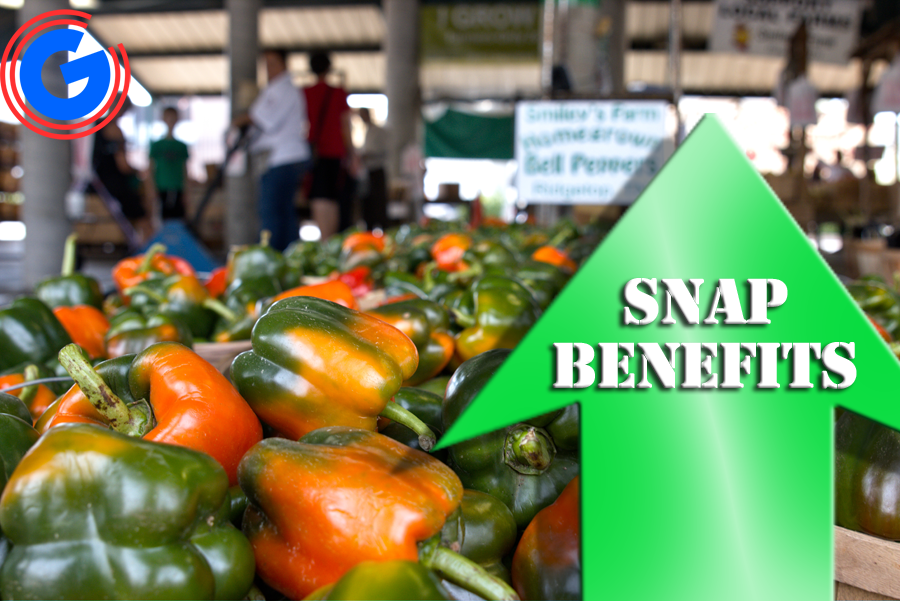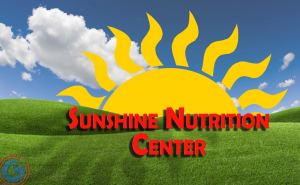Almost 848,000 people in Tennessee will see their Supplemental Nutrition Assistance Program (SNAP) food benefits go up by about 21%, as of October 1, 2021 (Friday).
Peter Martino, chief development officer at the Martha O’Bryan Center, an anti-poverty agency which runs the largest food bank in Nashville, said food insecurity remains high.
“The demand at our food bank remains elevated,” Martino reported. “It’s not gone down to pre-pandemic level, by any means.”
Scroll down for more...
Continued...
The increase is automatic; no new paperwork is required. The increase was triggered by a Biden administration revision of a program known as the Thrifty Food Plan, which listed the types and amounts of food necessary for a healthy diet and had not been changed since 1975.
Many things have changed since then, from dietary recommendations to food costs. Martino contended SNAP benefits should have been raised long ago.
“The funding level for SNAP in 2019 was not adequate for feeding families,” Martino asserted. “And so, anything that can maintain or increase that level is definitely going to help.”
A report from the Government Accountability Office showed almost more than 94,000 working adults in Tennessee receive SNAP benefits. As recipients spend the extra SNAP money, the program is expected to inject $612 million into the state’s economy.
Source: Tennessee Public News Service
Scroll down for more...
More From the State of Tennessee
For the first time in several decades, the U.S. Department of Agriculture is revising a guideline called the Thrifty Food Plan, which helps determine Supplemental Nutrition Assistance Program (SNAP) benefits nationwide. The change went into effect October 1st. University of Tennessee Extension professionals advise families to evaluate their household food budgets.
The goal of the updated guidelines is to allow SNAP recipients to benefit from nutrient-dense foods and certain perishable commodities that have become more popular since the Thrifty Food Plan was last updated. Federal dietary guidelines will now be more easily attainable for SNAP recipients and their families.
“The changes in SNAP benefits positively impact the resources available for some families for obtaining healthy food options,” states Christopher T. Sneed, UT Extension assistant professor and consumer economics specialist. “As families begin planning for this change, one of the first things they should do is reassess food budgets or start a food budget if they don’t have one.”
Sneed adds that outside of housing and transportation, a family’s food budget represents one of the largest expenditures for the household. With a projected increase in SNAP benefits, now is a good time for families to build a food budget or reassess their current food budget. A food budget should include all sources of support a family can use in the procurement of food. This includes SNAP, WIC and any other forms of assistance, like food pantries, community gardens or other sources. This amount is combined with money the family has allocated as part of their larger household budget to purchase food. Together, all of these comprise the family’s food budget.
Scroll down for more...
Continued...
As families are planning food budgets, now would be a great time to also reevaluate their spending on food. By keeping receipts, writing down expenses for a week or using an online tracking app, families can get a good idea of how close their actual food spending matches the spending they projected when they developed their budget. Modifications to the household food budget will probably be necessary based on actual expenditures.
One of the goals of the updated Thrifty Food Plan is to help families access more nutrient-dense foods, and with greater benefits some families may be able to include new, healthy items in their grocery list. The increase in SNAP benefits could provide the resources necessary to make healthy changes, like trying a new vegetable or enjoying a different fruit. “Committing to making even small changes in purchasing behaviors can help families expand the number and type of healthy food options available at home,” states Kristen Johnson, UT Extension assistant professor and nutrition specialist.
Finally, the increase in SNAP benefits could be an ideal time to expand the places where families use their benefits.
Families may want to check out local farmers markets or local farm stands to see if they accept SNAP benefits. In addition to being a fun family activity, going to a farmers market and using SNAP benefits is yet another way families can add to the healthy foods available for their family. While most farmers markets are available April-October, some farmers markets also offer winter sales, thus increasing the seasons in which families can use SNAP benefits for fresh produce.
“Increased SNAP benefits can easily translate into increased healthy food options for families,” continues Sneed. “With these additional benefits, families will receive the vital help they need to make positive food choices necessary to achieve a healthy diet.”













